Some photos of a relatively little-known cypress from a county known more for it's rich people, golf courses, and wine than for it is for it's astonishingly beautiful and endemic plant species and champion ultramafic affiliations...
Let's start off with some up-close photos of the heavy resin glands. You can smell this cypress from yards away...
From Cupressus macnabiana Napa
From Cupressus macnabiana Napa
From Cupressus macnabiana Napa
The full form of this species quite different from any of the other cypresses, it is not conical and certainly not symmetrical, rather is more like a rocky mountain juniper, sprawling, low and tends to go all over the place. I have never seen trees taller than 30 or 40 feet, and even THAT is pushing it...
Anybody have any idea how this species performs in Britain, or in areas with humid, hot summers.... not well I am guessing?
From Cupressus macnabiana Napa
From Cupressus macnabiana Napa
Serotinous, fire-adapted cones...
From Cupressus macnabiana Napa
From Cupressus macnabiana Napa
Arctostaphylos...this genus contains over 96 taxa, most of which are endemic to California, fire-dependent, associated with serpentine and ultramafic soils, and many of which are rare/threatened/restricted in distribution. I am not sure of this species, but in traveling to many of the Cypress groves I normally find that there is also Arctostaphylos (manzanita) growing there as well.
From Cupressus macnabiana Napa
The typical sparse understory of the Mcnab Cypress woodland...
From Cupressus macnabiana Napa
From Cupressus macnabiana Napa
From Cupressus macnabiana Napa
Mcnab Cypress on the ridge in foreground, Pinus attenuata (knobcone pine, fire adapted) in the background.
From Cupressus macnabiana Napa
Weathered tree.
From Cupressus macnabiana Napa
From Cupressus macnabiana Napa
Sparse canopy and mistletoes...
From Cupressus macnabiana Napa
Juvenile tree...
From Cupressus macnabiana Napa
Arctostaphylos replenishing it's soil seed-bank of fire-dependent seed.
From Cupressus macnabiana Napa
Pinus attenuata...
From Cupressus macnabiana Napa
From Cupressus macnabiana Napa
More Young trees...
From Cupressus macnabiana Napa
Dudleya, another genus big in California...
From Cupressus macnabiana Napa
Aesculus california shootin the moon...
From Cupressus macnabiana Napa
Old, weathered Arctostaphylos..
From Cupressus macnabiana Napa
Scrub Oak...
From Cupressus macnabiana Napa
Volcanics...
From Cupressus macnabiana Napa
From Cupressus macnabiana Napa
From Cupressus macnabiana Napa
One cannot talk about Cypresses without talking about the Lichens that are usually found growing on them...
From Cupressus macnabiana Napa
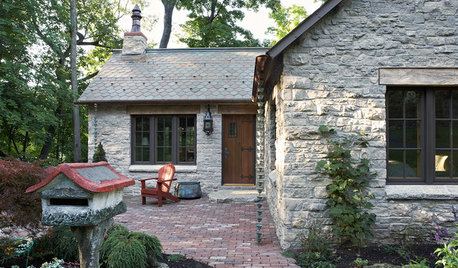






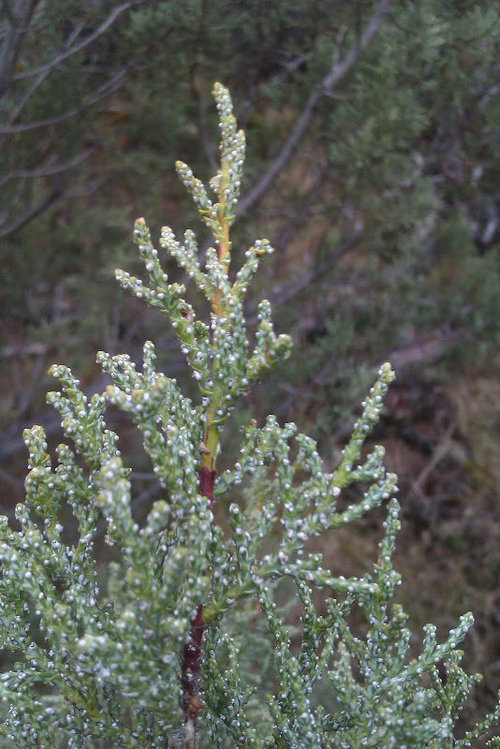
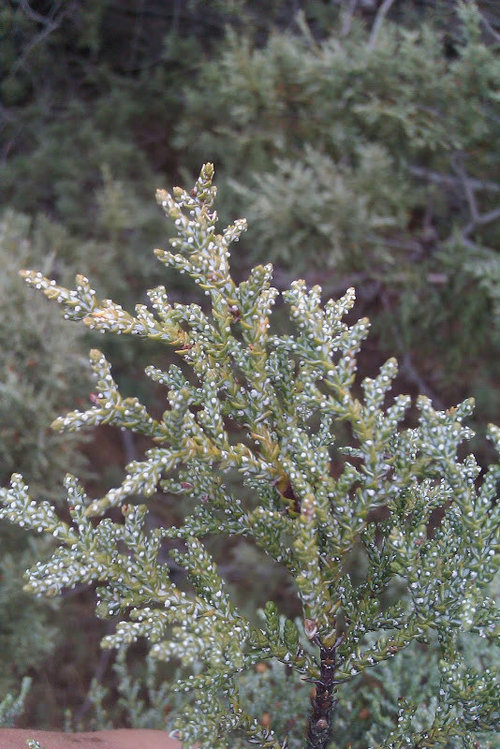



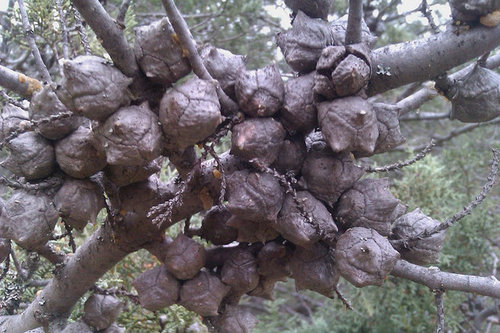



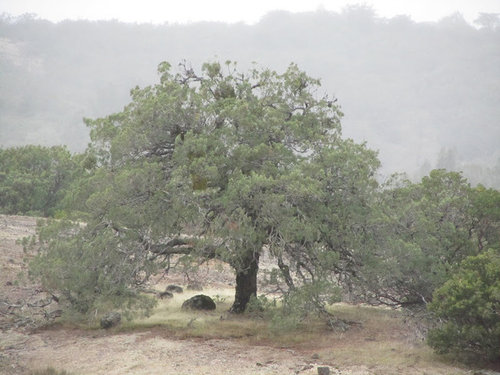
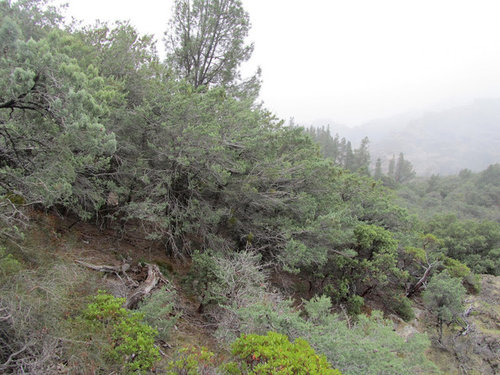






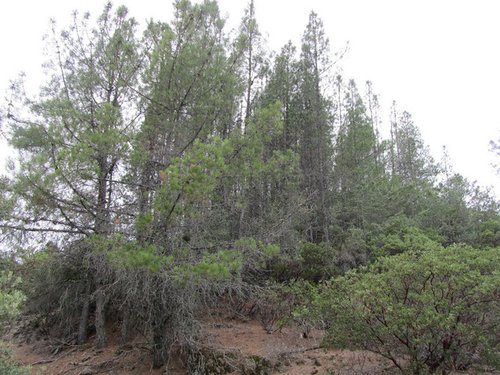







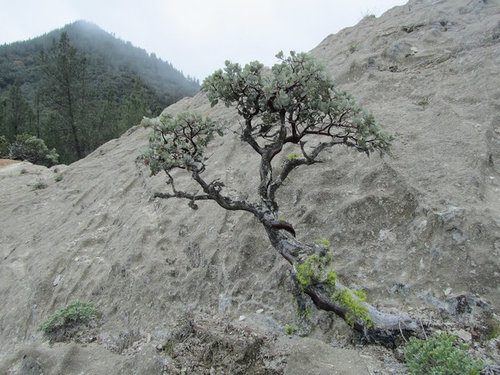
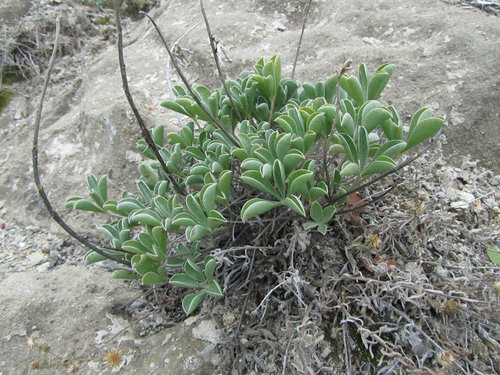
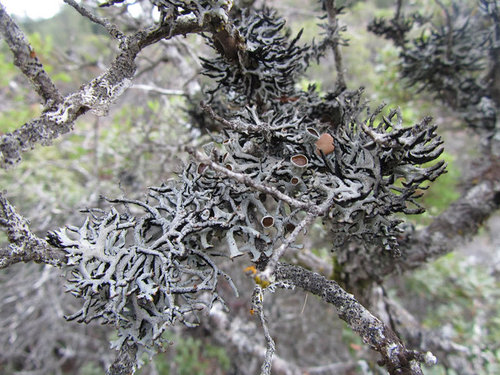



greenlarry
gardener365
Related Professionals
Brentwood Landscape Architects & Landscape Designers · Waunakee Landscape Architects & Landscape Designers · Canton Landscape Contractors · Cupertino Landscape Contractors · Fair Lawn Landscape Contractors · Fort Payne Landscape Contractors · Gurnee Landscape Contractors · Hendersonville Landscape Contractors · Lees Summit Landscape Contractors · Long Branch Landscape Contractors · Lynn Landscape Contractors · Mason Landscape Contractors · Pleasant Grove Landscape Contractors · Wareham Landscape Contractors · Watertown Landscape Contractorsgardener365
pineresin
greenlarry
greenman28 NorCal 7b/8a
Toronado3800 Zone 6 St Louis
blue_yew
shastensisOriginal Author
shastensisOriginal Author
Embothrium
sluice
gardener365
scotjute Z8
mesterhazypinetum
greenman28 NorCal 7b/8a
greenlarry
pineresin
blue_yew
greenlarry
blue_yew
greenlarry
blue_yew
shastensisOriginal Author
steg
greenman28 NorCal 7b/8a